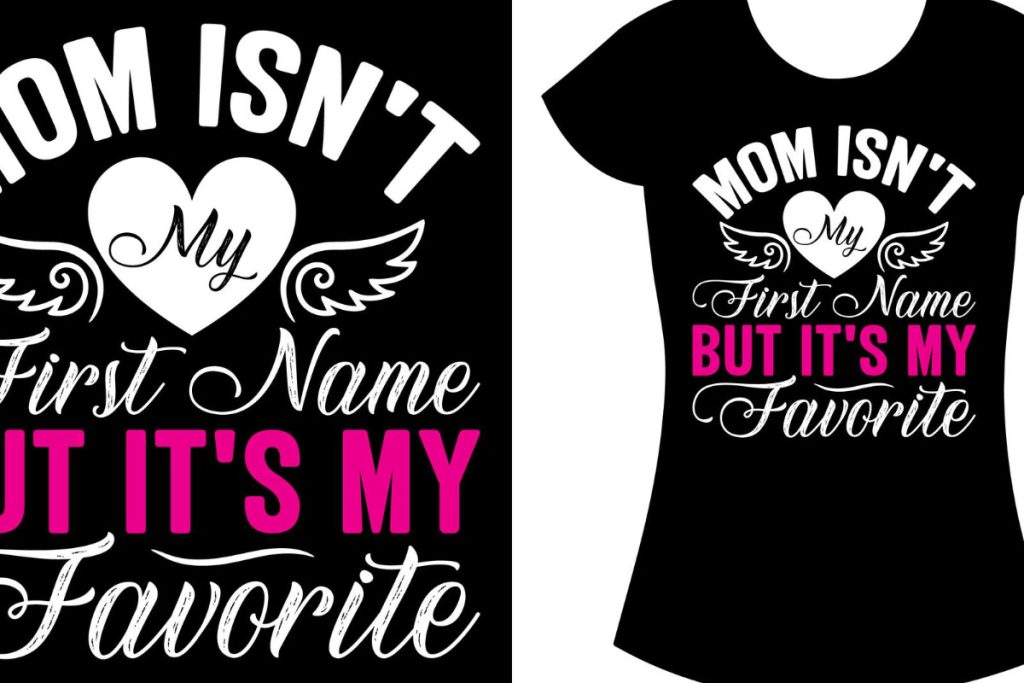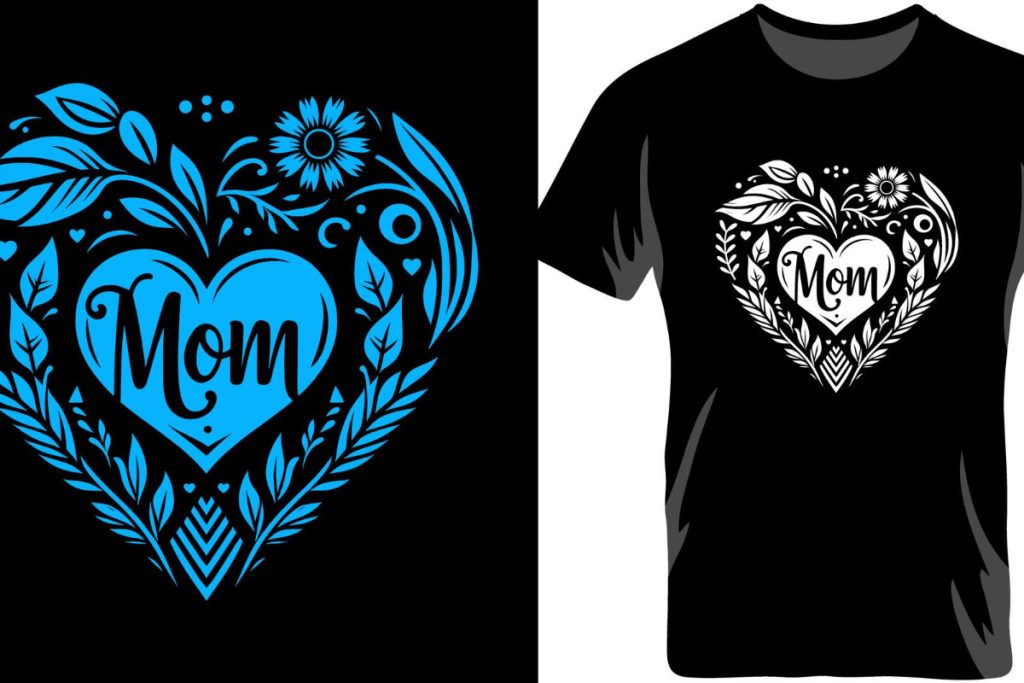In the ever-evolving landscape of custom apparel design, **DTF transfers** (Direct to Film transfers) have emerged as a game-changing technique that empowers designers to push the boundaries of creativity. This innovative printing method allows for the creation of vibrant and intricate designs that can adhere seamlessly to a wide array of fabric types. With its superior color fidelity and durability, DTF printing has become a favored choice among apparel designers seeking to make a statement. In this article, we will explore the nuances of transfer printing using DTF technology, and outline the essential steps to create visually stunning garments. Whether you’re looking to enhance an existing line or start a new project, understanding the capabilities of DTF transfers is key to standing out in the competitive fashion market.
As we delve into the realm of custom garment decoration, it’s essential to consider alternative terms that highlight the transformative processes involved in modern apparel design. Direct to Film printing, often abbreviated as DTF, exemplifies a cutting-edge method of transfer printing that simplifies the application of designs onto fabric. This technique not only streamlines the design workflow but also enhances the overall quality of prints on various materials. Beyond DTF, these advanced printing solutions cater to a diverse range of applications, allowing designers to unleash their artistic vision in a way that traditional methods simply cannot match. By understanding these related concepts, you can better appreciate the potential of DTF and similar technologies in creating unique, customized apparel.
The Benefits of DTF Transfer Printing
DTF transfer printing has garnered considerable attention among apparel designers due to its numerous advantages. One of the most significant benefits is its ability to produce high-quality prints on a wide variety of fabrics, from cotton to synthetic blends. This versatility makes DTF transfers an ideal choice for creating custom apparel that caters to different market segments, from casual wear to athletic gear. Additionally, DTF printing excels in color vibrancy, allowing designers to explore bold designs with intricate patterns and rich hues that stand out on any garment.
Another major advantage of DTF transfers is durability. Designs achieved through this method are known for their resistance to fading, cracking, and peeling, ensuring that the vibrant prints maintain their aesthetic appeal even after multiple washes. This longevity not only enhances customer satisfaction but also strengthens a brand’s reputation, as customers appreciate apparel that withstands the test of time. Furthermore, DTF transfer printing is a straightforward process, combining simplicity with professional results, making it accessible for both seasoned designers and beginners.
Exploring the DTF Transfer Process
To successfully execute DTF transfer printing, familiarity with the entire process is critical. Starting with the design phase, it’s essential to utilize graphic design software that allows users to create high-resolution artwork that can translate well into apparel. Adobe Illustrator or CorelDRAW are often recommended for their precision and variety of tools that enable intricate design work. Once the design is finalized, selecting the right DTF transfer film is vital—choosing between clear or opaque films based on the fabric color ensures that the print quality remains intact.
After printing the design onto the film, applying the adhesive powder correctly is crucial. The application needs to be even to ensure the best adhesion to the chosen fabric during the heat press stage. These technical stages highlight the craftsmanship required in DTF printing, where quality controls at each step contribute to the overall success of the final product. Each aspect, from designing to pressing, reflects the care and expertise that goes into custom apparel production.
Importance of Quality Equipment in DTF Printing
Investing in high-quality equipment is a cornerstone of successful DTF printing. The printer used should be designed specifically for DTF transfers, utilizing special inks that provide vibrant colors and ensure durability. Additionally, using premium transfer films and hot-melt adhesive powders can influence the final output directly. High-quality tools yield better reproduction of colors and greater detail, critical in the competitive field of custom apparel design.
Moreover, equipment performance impacts efficiency and production timelines. For businesses aiming to scale their operations, the standard of machinery and materials used is essential for maintaining consistent quality across multiple batches. As such, sourcing quality DTF printers and accessories can lead to an increase in customer trust, allowing brands to build strong reputations and potentially raise price points without sacrificing clientele.
Design Tips for Stunning DTF Apparel
Creating stunning designs with DTF transfers requires strategic planning and a keen eye for color and detail. One essential tip is to leverage the unique qualities of DTF printing by utilizing vibrant gradients and complex patterns that catch the eye. This method of printing allows for artistic freedom, as intricate designs can be transferred seamlessly onto various fabrics, pushing the boundaries of traditional apparel design.
Additionally, in apparel design, understanding the psychology of color plays a significant role. Designers should research color trends and consumer preferences, applying insights to enhance their creative process. Utilizing tools for color selection can also help choose hues that not only resonate with target audiences but also look striking on the finished garment. This approach ensures that every piece of custom apparel created stands out in the market.
Sustainability in DTF Transfer Printing
As the fashion industry increasingly emphasizes sustainability, incorporating eco-friendly practices in DTF transfer printing has become paramount. Many DTF printing companies are beginning to adopt environmentally friendly inks and sustainable materials that minimize waste and reduce carbon footprints. This shift represents a growing trend among consumers who are now more conscious about the environmental impacts of their purchases.
Brands that commit to sustainability not only fulfill ethical obligations but also attract a loyal customer base that values eco-consciousness. By showcasing the use of sustainable DTF printing processes in branding and marketing strategies, companies can highlight their dedication to responsible practices. This transparency appeals to modern consumers who prioritize environmental stewardship, effectively differentiating brands in a competitive market.
Future Trends in DTF Printing Technology
The future of DTF printing technology appears promising, with ongoing advancements expected to enhance the versatility and efficiency of the process. Innovations such as integrating UV-LED printing technology are beginning to emerge, allowing for quicker production times while maintaining exceptional print quality. These technological advancements will likely streamline various aspects of the DTF printing process, making it more accessible for new businesses entering the custom apparel space.
Additionally, the trend towards personalization and custom designs is becoming increasingly prevalent. As consumer demand grows for unique and individualized apparel, DTF transfers will play a crucial role in fulfilling this need. The ability to reproduce intricate, personalized designs efficiently positions DTF printing as a critical player in shaping the future landscape of custom apparel design, allowing brands to cater effectively to the diverse preferences of their customers.
Frequently Asked Questions
What are DTF transfers and how do they work in custom apparel design?
DTF transfers, or Direct to Film transfers, are a modern printing technique that allows designers to apply vibrant and intricate designs onto various fabrics. The process involves printing a design onto a special film, applying adhesive powder, and then heat pressing it onto the garment, providing durability and rich colors.
Can DTF transfers be used on all types of fabrics?
Yes, DTF transfers are versatile and can be applied to a variety of fabric types, including cotton, polyester, and blends. This makes them an ideal choice for custom apparel design, as they can adapt to different materials without compromising on quality.
What advantages do DTF printing techniques offer over traditional methods?
DTF printing offers several advantages over traditional methods like screen printing and vinyl, such as the ability to produce vibrant colors, intricate designs, and durability that resists fading and cracking. This makes DTF transfers increasingly popular in the custom apparel industry.
Which tools are needed for successful DTF transfer printing?
To successfully utilize DTF transfers for custom apparel, you’ll need a dedicated DTF printer, high-quality DTF transfer film, appropriate DTF inks, adhesive powder, and a heat press. Investing in quality equipment ensures better outcomes and design precision.
How do you ensure the best results when heat pressing DTF transfers onto garments?
To achieve the best results when heat pressing DTF transfers, set the heat press temperature to approximately 320°F and apply appropriate pressure for about 15-20 seconds. This ensures a strong bond between the design and the fabric without damaging the material.
What are the latest trends in DTF transfer technology?
Recent trends in DTF transfer technology include a focus on sustainability, with companies adopting eco-friendly inks and materials. Additionally, advancements in UV-LED printing strategies are enhancing efficiency and reducing the environmental impact of DTF printing processes.
| Key Points | Details |
|---|---|
| Introduction | DTF transfers enhance custom apparel design with vibrant prints. |
| Understanding DTF Transfers | A modern printing technique that involves printing designs on special film and transferring them onto fabrics, offering durability and high color quality. |
| Key Steps for Using DTF Transfers | 1. Create designs using software. 2. Choose the right DTF film. 3. Print using a DTF printer. 4. Apply adhesive to the film. 5. Heat press onto the garment. |
| Advantages of DTF Transfers | Versatility across various fabrics, durability against wear, and vibrant color output. |
| Trends and Developments | Sustainability focus in materials and inks, and technological advancements in printing. |
| Considerations for Success | Invest in quality equipment and stay updated on trends in DTF printing. |
Summary
DTF transfers provide an innovative solution for creating captivating apparel designs that stand out in today’s competitive fashion market. This advanced printing technique allows for vibrant colors and intricate designs, adaptable to various fabric types. By mastering the key steps of DTF transfers, from selecting high-quality materials to employing precise heat pressing techniques, designers can ensure long-lasting and visually stunning results. As the demand for personalized and unique apparel grows, embracing DTF transfers not only meets customer expectations but also enables brands to tell their story through striking design. Elevate your apparel line with DTF transfers and make a lasting impression!



